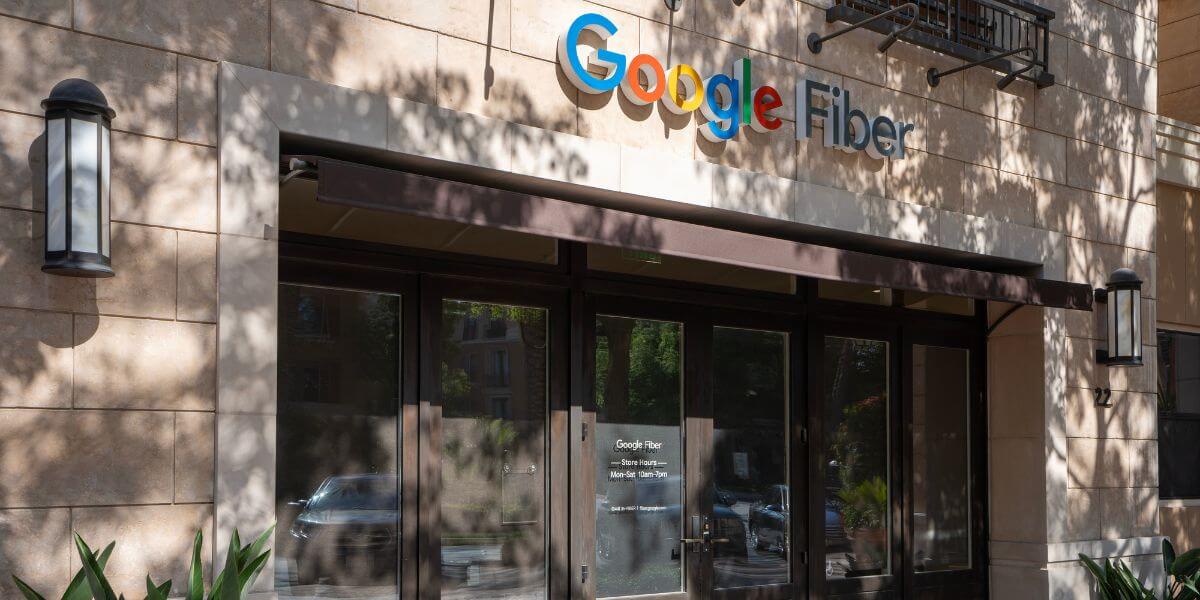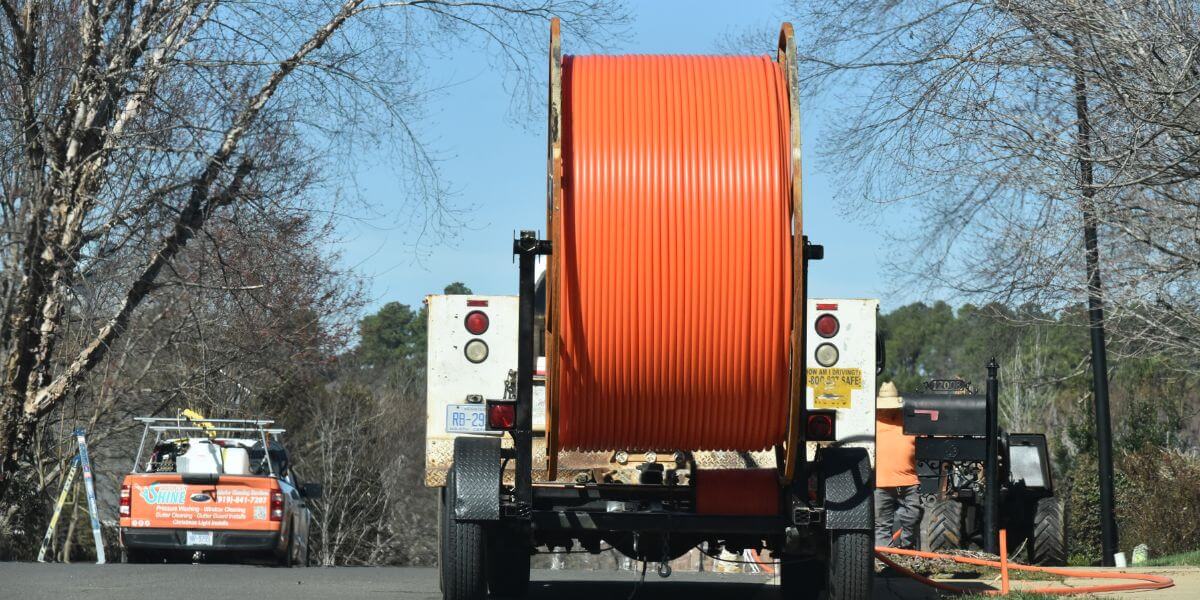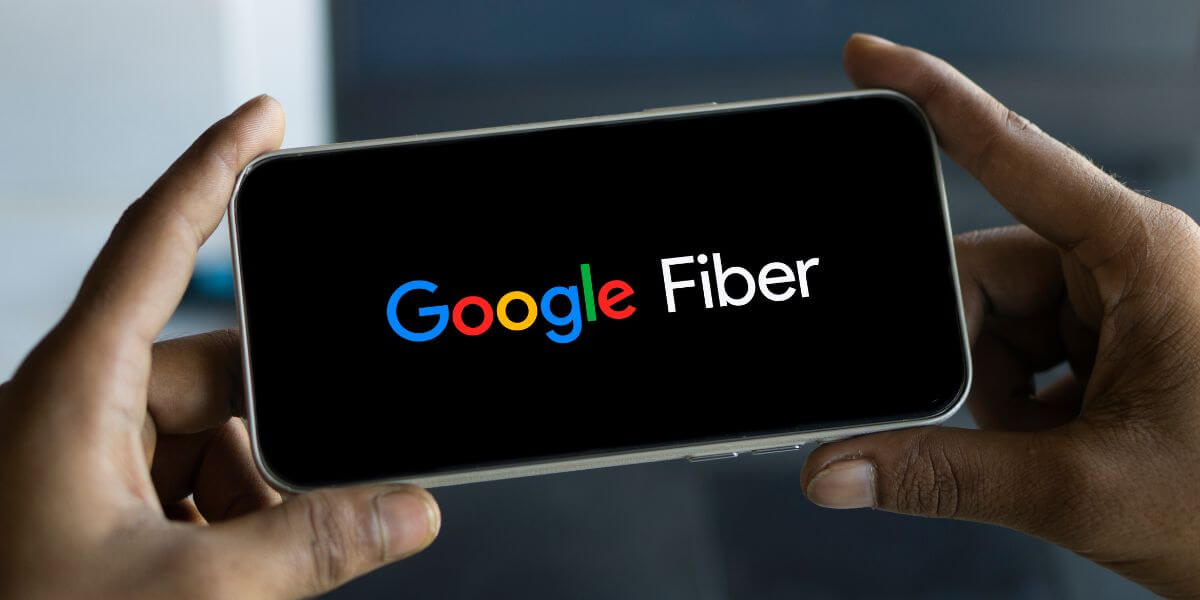Lower your internet bill
61% of people overpay for their internet.
Are you one of them?
Unlock exclusive offers in your area!
Call now
[tel]Enter zip code
1 Star is Poor & 5 Stars is Excellent.
* Required
Written by Sam Watanuki - Pub. Oct 20, 2025 / Updated Oct 20, 2025
Table of Contents
Are you happy with your Internet service?
About the author
Google Fiber has become synonymous with lightning-fast internet speeds and exceptional service quality, but its limited availability continues to frustrate consumers across the country. If you’re wondering, “When will Google Fiber be available in my area," you’re not alone. Thousands of Americans are eagerly awaiting the provider’s expansion into their communities.
While Google Fiber’s rollout has been slower than many anticipated, the company has renewed its commitment to expansion in recent years. Knowing Google Fiber’s current availability, upcoming markets, and realistic timelines can help you determine whether it’s worth waiting for this premium service or if you should explore alternative internet providers in your area.
61% of people overpay for their internet.
Are you one of them?
Unlock exclusive offers in your area!
Call now
[tel]Enter zip code
Google Fiber shook up the residential internet market when it launched in Kansas City, Missouri, in 2010 [1]. At a time when most Americans were struggling with speeds around 10 Mbps, Google Fiber offered 1 Gbps (1,000 Mbps), a hundredfold increase that seemed almost unimaginable.
The service distinguished itself through several key features. First, it delivers symmetrical speeds, meaning your upload speed matches your download speed (this was a big deal at the time, but many ISPs offer that feature these days). Second, Google Fiber maintains consistently high customer satisfaction ratings, often ranking among the best internet providers in markets where it operates. Third, the company takes a straightforward approach to pricing with no hidden fees, data caps, or surprise charges that plague traditional cable companies [2].
Today, Google Fiber offers plans ranging from 1 Gig ($70/month) to 8 Gig ($150/month), with some markets featuring 2 Gig and 5 Gig options. These speeds make Google Fiber ideal for households with multiple users streaming 4K video, gaming online, or working from home simultaneously.

Where Is Google Fiber Currently Available?
As of October 2025, Google Fiber operates in approximately 20 metropolitan areas across the United States. Current Google Fiber cities include major markets like:
Within these metropolitan areas, availability varies significantly by neighborhood. Google Fiber typically expands block by block, meaning your neighbor might have access while you’re still waiting. The company’s website allows you to check Google Fiber availability by entering your specific address rather than just your zip code.
Google Fiber’s expansion has accelerated since 2022 after a multi-year pause in growth.
Many of these expansion areas sit adjacent to existing Google Fiber cities. For example, the Salt Lake Valley has seen steady growth as Google Fiber extends its network to neighboring communities. Similarly, the company continues building out coverage in the Raleigh-Durham area, as well as the Denver metropolitan area.
Google Fiber’s expansion hit significant roadblocks that help explain why the service isn’t more widely available. In 2016, the company essentially froze all new construction projects following costly failures and legal challenges [3].
The Louisville, Kentucky, debacle became the most visible setback. Google Fiber tried its hand with “microtrenching" — a shallow installation method that was supposed to speed deployment and reduce costs. Instead of digging traditional foot-deep trenches, crews carved narrow grooves just a few inches deep into roadways. The experiment failed spectacularly when fiber cables became damaged, popped out of roads, and created tripping hazards for pedestrians. Google eventually abandoned Louisville entirely after spending millions on repairs [4].
Legal battles also slowed progress. AT&T filed lawsuits against local governments to prevent Google Fiber from accessing utility poles, arguing the installation methods violated regulations. While courts eventually dismissed these lawsuits as frivolous, they succeeded in delaying construction for years [5].
These setbacks forced Google to reassess its approach. The company now focuses on partnerships with municipalities that have existing conduit infrastructure or open-access policies. This strategy has proven more successful, enabling recent expansion announcements in markets like West Des Moines, where the city built infrastructure that Google Fiber could lease.

How Can You Get Google Fiber in Your Area Faster?
While you can’t directly control Google Fiber’s expansion timeline, you can take steps to increase the likelihood of service reaching your community:
If Google Fiber isn’t available in your area and won’t be anytime soon, several internet providers offer comparable fiber internet service:
Use a zip code search tool to compare internet plans and pricing from all available providers in your specific location. An internet comparison tool can help you evaluate not just speeds and prices, but also contract terms, equipment fees, and customer service ratings.

The Bottom Line on Google Fiber Availability
Google Fiber availability remains limited, but the company’s renewed expansion efforts bring hope to more communities. If you live in or near a currently served market, your chances of getting access within the next few years are reasonably good. For everyone else, the wait may be considerably longer… or, Google Fiber may never reach your area at all.
The silver lining is that Google Fiber’s influence extends beyond its direct service footprint. The company’s entry into the market has forced traditional internet providers to improve their offerings, upgrade infrastructure, and compete on both speed and price. Even if you can’t get Google Fiber directly, you’re likely benefiting from the competitive pressure it created.
While waiting for Google Fiber expansion to reach your area, regularly compare internet providers and plans to ensure you’re getting the best internet in your area. Technology and competition continue evolving, and the best option available today may look different in six months or a year.
Visit the Google Fiber website and enter your complete address, not just your zip code. Google Fiber availability varies block by block, so an address-specific search is essential. If service isn’t currently available, you can sign up for notifications when it reaches your area.
Google Fiber offers significant advantages over cable internet, including symmetrical upload and download speeds, no data caps, more consistent performance during peak hours, and typically better customer service. However, cable internet from providers like Xfinity can still deliver fast speeds and may be the best option when fiber isn’t available.
Google Fiber’s 1 Gig plan costs $70/month, which is competitive with or better than similar fiber offerings from AT&T, Verizon, and other providers. Internet prices vary by market and provider, so use an internet comparison tool to evaluate all options in your area. Google Fiber’s transparent pricing with no hidden fees often makes it more affordable than initially advertised cable internet rates.
Google Fiber expansion slowed dramatically after 2016 due to high construction costs, legal challenges from incumbent providers, and technical failures like the Louisville microtrenching disaster. The company has since adopted a more cautious strategy focused on markets with existing infrastructure and supportive local governments, which has accelerated expansion since 2022 but remains slower than the initial ambitious rollout.
[1] Forbes. “How Kansas Won the Google Fiber Jackpot And Why California Never Will.”
[3] NPR. “Google ‘Fiber’ Rollback Halts Expansion Plans For High-Speed Internet In 8 Cities.”
[4] ArsTechnica. “Google Fiber’s biggest failure: ISP will turn service off in Louisville.”
About the author
Congratulations, you qualify for deals on internet plans.
Speak with our specialists to access all local discounts and limited time offers in your area.
[tel]61% of people overpay for their internet.
Are you one of them?
Unlock exclusive offers in your area!
Call now
[tel]Enter zip code